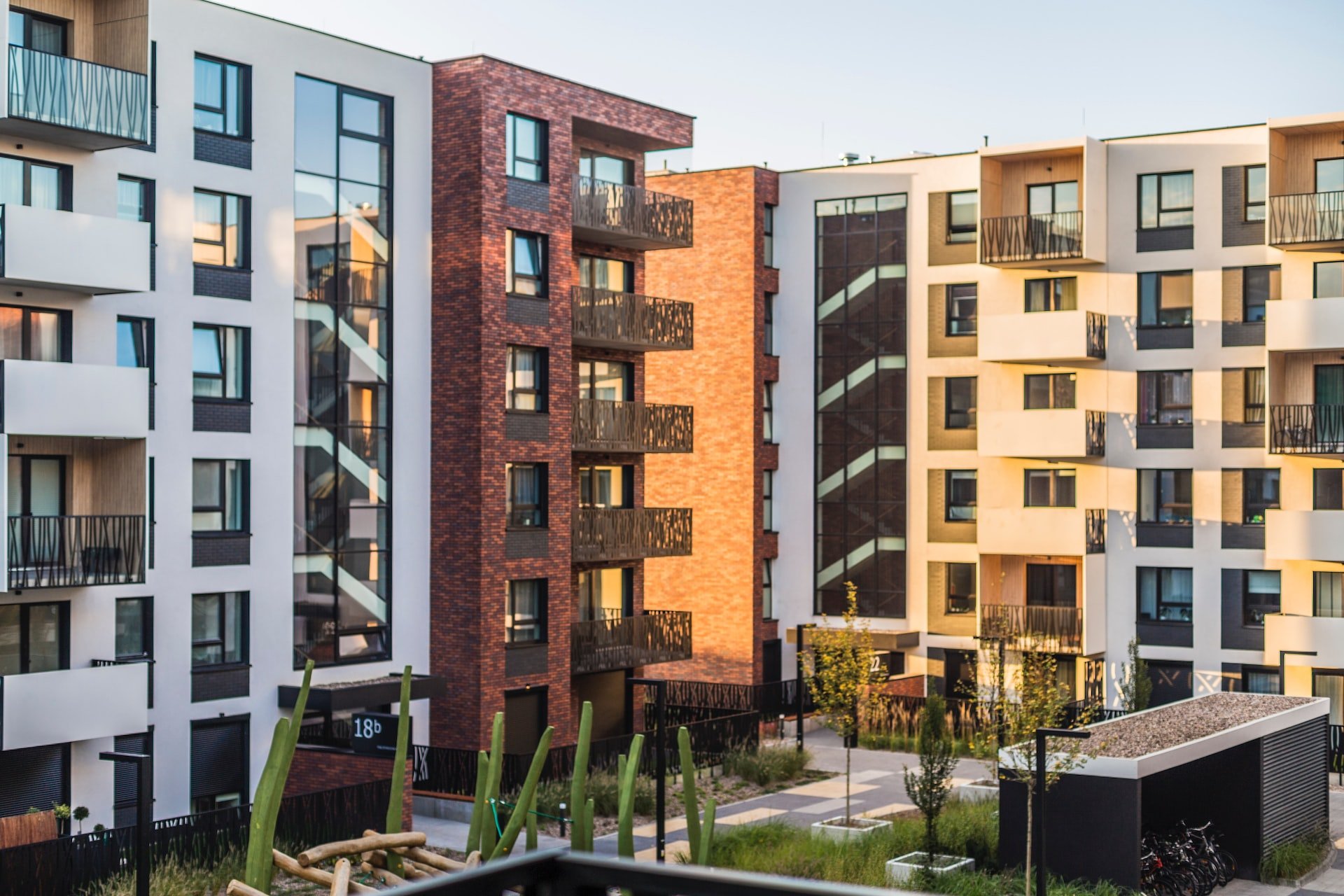Investigating Ways Various Building Elements Influence Wireless Signal Strength in Multi-Unit Units
Wiki Article
Wireless networking has evolved into an essential part of our everyday lives, particularly in multi-unit dwellings such as apartment buildings and flats. These spaces often have a range of construction materials that can affect the strength and reliability of wireless signals. When designing a network for these settings, it is important to comprehend how different materials respond with radio signals. This insight can help ensure that occupants receive strong, consistent internet access throughout their homes.

One of the primary materials found in many multi-dwelling units is cement. Cement walls are recognized for their density, which can greatly impede Wi-Fi signals. The solid structure of cement blocks and repels radio waves, making it difficult for signals to penetrate. As a result, zones positioned further away from the access point may encounter weaker internet connectivity. Therefore, when planning a Wi-Fi network in a building with cement walls, it may be necessary to use supplemental access points or signal boosters to maintain good coverage.
Another frequent material is metal, which can also interfere with Wi-Fi signals. Metal objects, such as pipes and steel framing, can create barriers that reflect or block signals entirely. This reflection effect leads to dead spots where the Wi-Fi signal is weak or non-existent. In multi-dwelling units, a builder’s choice to use metal can complicate the placement of routers and other networking the original source equipment. To address this issue, careful consideration must be given to router placement and the use of distributed networks that can offer more broad coverage across multiple levels and areas.
Timber is another material that influences Wi-Fi signal strength but generally does so less dramatically than cement or metal. Wooden walls and floors tend see it here to enable signals to pass through more easily; however, other factors such as padding and fixtures can still interfere with signal strength. In a multi-dwelling unit made mostly of wood, residents might find good coverage in most spaces but could face issues if there are many impediments in the way. Recognizing potential barriers in the layout of an apartment can help maximize Wi-Fi performance.
In addition to acknowledging how materials affect signals, it is essential to evaluate the layout of a multi-dwelling unit. The placement of routers should be strategic to the layout whenever possible, allowing for optimal signal distribution. Sometimes, physical structures like corridors and staircases can further reduce signal strength. Occupants may also benefit from using Wi-Fi repeaters or mesh systems that help preserve strong connections throughout larger spaces. Taking into account both building materials and layout will notably improve the overall Wi-Fi experience.
In conclusion, building materials play a crucial role in affecting Wi-Fi signal strength in multi-dwelling units. Concrete and steel are particularly problematic due to their ability to block wireless signals, while wood offers comparatively better performance but still presents some obstacles. By understanding these factors, developers and residents alike can make educated decisions about network design and equipment placement. Delivering reliable internet access is vital for modern living, and considering these elements will lead to a better-connected environment for everyone affected.